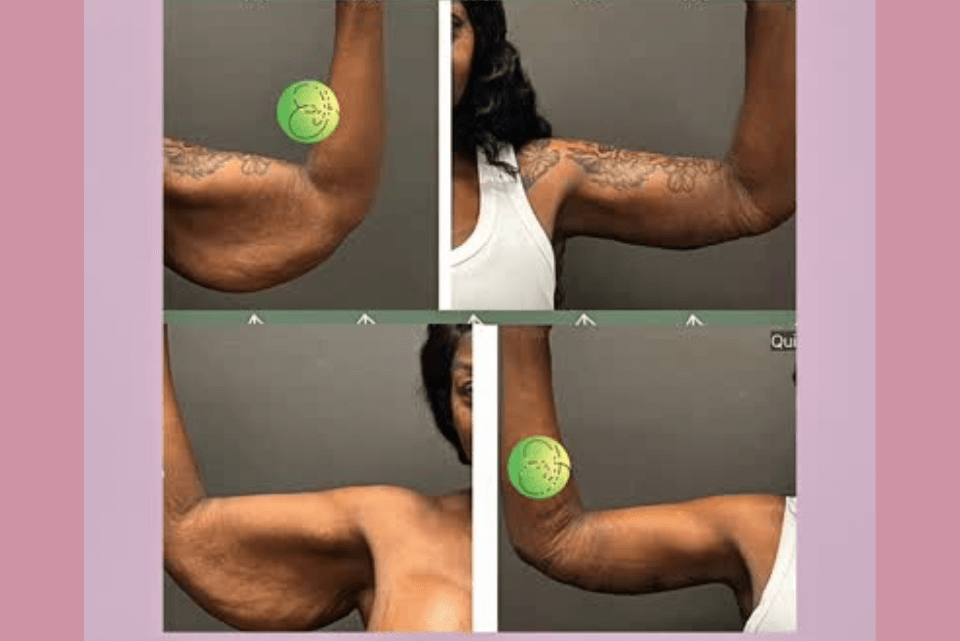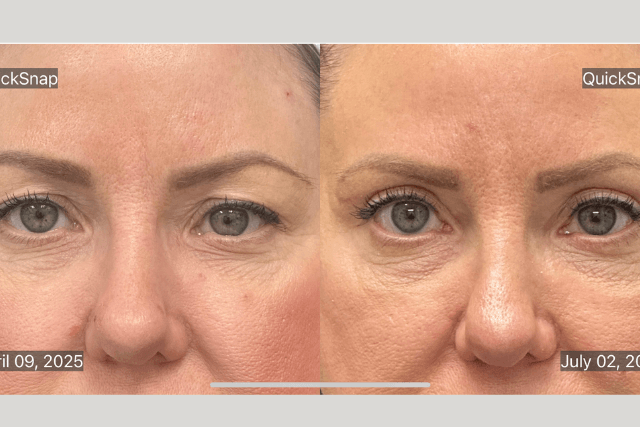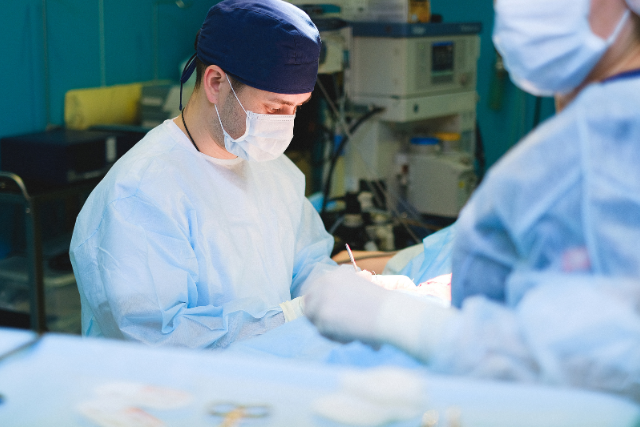Botox has gained popularity as one of the most effective and non-invasive cosmetic treatments available today. Whether you’re using it to reduce wrinkles or treat other medical conditions, it’s important to understand that Botox aftercare plays a key role in ensuring the best results. Following the right aftercare guidelines will help you recover quickly and enjoy long-lasting, natural-looking results.
In this blog, we will walk you through the essential tips for Botox aftercare, the dos and don’ts, and how to maintain the effects of Botox. By following these tips, you’ll maximize your results and recover smoothly after your procedure.
What is Botox?
Before diving into the Botox aftercare instructions, let’s first understand what Botox is. Botox, or botulinum toxin, is a purified protein that temporarily paralyzes targeted muscles. This helps reduce the appearance of dynamic wrinkles caused by repetitive facial movements, such as frown lines, crow’s feet, and forehead lines.
Botox can also be used for medical purposes, such as treating chronic migraines, excessive sweating, and some muscular disorders. However, Botox is most commonly used for aesthetic purposes to help smooth out fine lines and wrinkles.
Why is Botox Aftercare Important?
Botox aftercare is crucial for the success of your treatment. When you follow the recommended aftercare guidelines, you help the Botox work effectively and minimize the risk of complications. Poor aftercare can result in uneven results or side effects, including bruising or unwanted muscle movement.
By following proper Botox aftercare, you ensure that the product stays in the intended areas, giving you the best possible outcome. This will also help your recovery process and make sure that the results last as long as possible.
1. Avoid Touching or Rubbing the Treated Areas
One of the most important Botox aftercare tips is to avoid touching, rubbing, or massaging the treated areas immediately after your procedure. This includes refraining from pressing down on the areas where Botox was injected.
Why This Matters:
When you touch or rub the treated areas, the Botox can move into nearby muscles. This can affect the final result, leading to uneven results or affecting other facial features. To ensure optimal results, keep your hands away from the treatment areas for at least 4 hours post-procedure.
2. Stay Upright for the First Few Hours
After your Botox injections, it’s important to stay upright for at least four hours. Avoid lying down or bending over during this time.
Why This Matters:
Lying down too soon can increase the risk of Botox spreading to unintended muscles. By staying upright, you allow the Botox to settle into the targeted muscles, preventing unwanted side effects. It’s a simple but effective way to ensure better results.
3. Avoid Intense Physical Activity
For the first 24 hours after Botox treatment, refrain from engaging in vigorous physical activities. This includes intense exercise, heavy lifting, or anything that might increase your heart rate or body temperature.
Why This Matters:
Strenuous activities can increase blood flow and cause Botox to migrate to unintended areas. This could reduce the effectiveness of your treatment and result in unwanted side effects. Keep your physical activity light and normal to ensure proper Botox distribution.
4. Avoid Alcohol and Blood Thinners
For at least 24 hours post-Botox treatment, it’s best to avoid alcohol and any blood-thinning medications, such as aspirin or ibuprofen.
Why This Matters:
Alcohol and blood-thinning medications can increase the risk of bruising and swelling at the injection sites. By avoiding these substances, you minimize the chance of these side effects. Stick to your regular medications and avoid drinking alcohol during your recovery period.
5. Wait Before Applying Makeup
It’s recommended to wait at least 4 hours before applying makeup to the treated areas. This allows the Botox to settle in properly and prevents irritation.
Why This Matters:
Applying makeup too soon may cause unnecessary pressure on the treated areas, which can affect the Botox’s placement. Let your skin heal and settle before covering the area with makeup.
6. Common Side Effects to Expect
After Botox injections, you may experience minor side effects. These are usually mild and temporary, including:
- Swelling and redness at the injection sites
- Bruising around the treated areas
- Headaches or mild discomfort
These side effects typically subside within a few hours to a few days. If symptoms persist or worsen, it’s important to contact your healthcare provider.
Why This Matters:
Knowing what to expect after Botox helps you manage any discomfort and understand that most side effects are completely normal. You can always reach out to your provider if anything seems unusual.
7. Give Botox Time to Work
It’s important to be patient when waiting for the results of Botox. The full effect can take up to 14 days to appear, as the muscles gradually relax.
Why This Matters:
Botox works slowly to target the muscles and smooth out wrinkles. Rushing the process or expecting immediate results can lead to disappointment. Be patient and allow the Botox to work its magic over time.
8. Stay Hydrated and Restful
While Botox requires minimal downtime, getting adequate rest and staying hydrated is essential for the recovery process. Drink plenty of water and avoid excessive stress during the first few days after your treatment.
Why This Matters:
Hydration helps your skin recover, and proper rest supports your body in healing and settling into the Botox treatment. Taking care of yourself can ensure smoother recovery and more effective results.
Botox Aftercare: What to Avoid
While adhering to Botox aftercare guidelines is essential for optimal results, there are specific things you should completely avoid:
- Sun Exposure: Avoid direct sunlight for at least 24 hours after treatment. If you must go outdoors, apply sunscreen to protect your skin.
- Saunas or Hot Tubs: Heat can cause Botox to move to unintended areas. Stay away from saunas, hot tubs, or any activity that could increase your body temperature for 24 hours after the procedure.
- Facials and Massages: Avoid massages or facial treatments for a few days after Botox. These activities can disrupt the treated areas and reduce the effectiveness of the Botox.
Common Botox Aftercare Questions
1. How soon will I see results?
It can take up to 14 days to see the full effects of Botox. Most people start to notice improvements in 3-5 days, but the results continue to improve over the next two weeks.
2. Can I sleep on my side after Botox?
It’s best to avoid sleeping on your side or face immediately after treatment. This helps prevent pressure on the treated areas and allows Botox to stay in place.
3. What if I experience swelling or bruising?
Mild swelling and bruising are common. These usually resolve within a few days. If swelling or bruising persists, contact your provider for advice.
Conclusion: Maximize Your Botox Results with Proper Aftercare
Botox aftercare is vital to achieving smooth recovery and optimal results. By following these simple tips, avoiding touching the treated areas, staying upright, skipping intense activities, and waiting patiently for full results you ensure a more effective and longer-lasting outcome.
Patience, proper care, and adherence to aftercare guidelines will allow you to enjoy the full benefits of Botox. If you have any concerns or questions after your treatment, don’t hesitate to contact your healthcare provider. Botox is a safe and effective treatment when performed by a professional, and with the right care, you can enjoy smoother, younger-looking skin for months.






